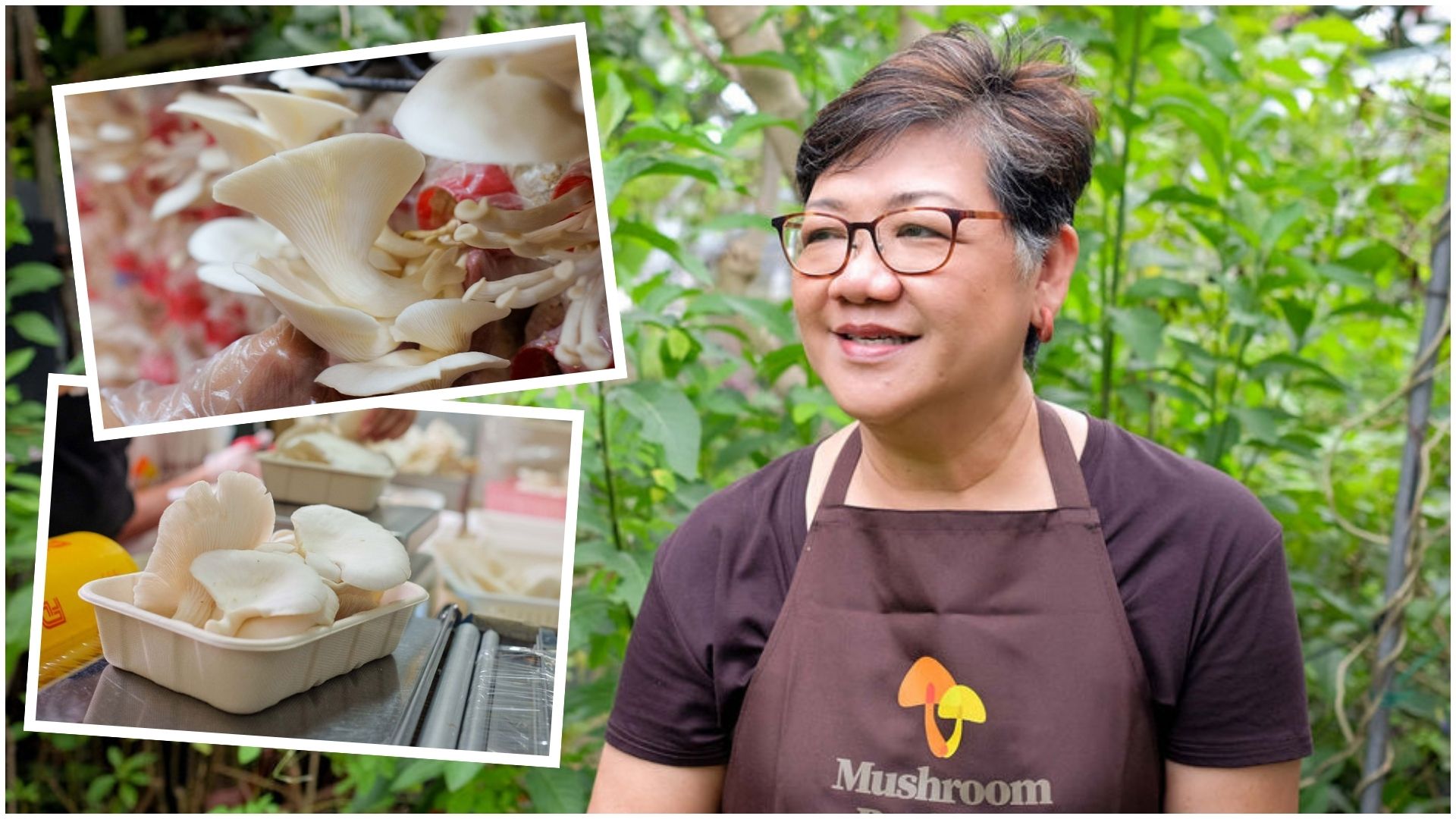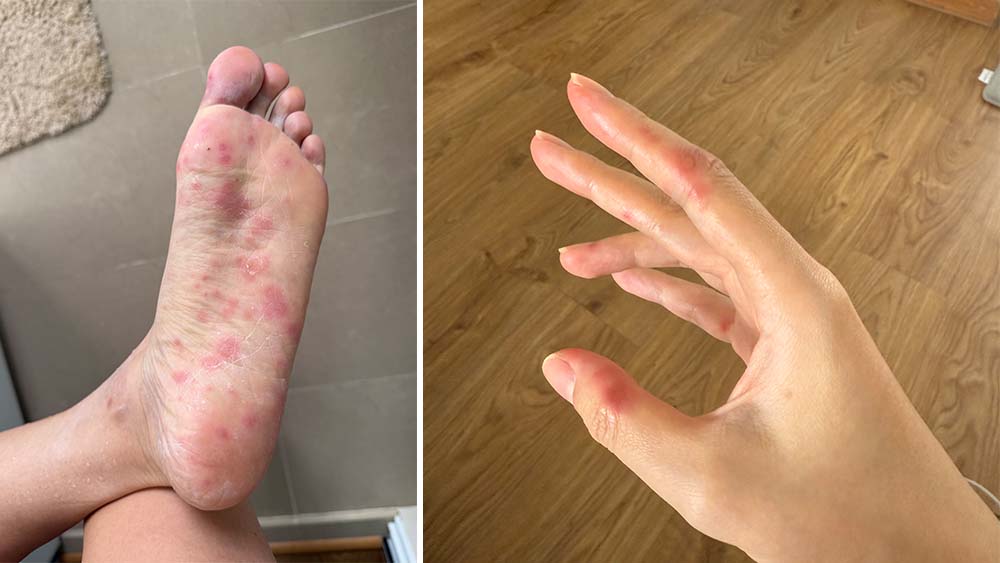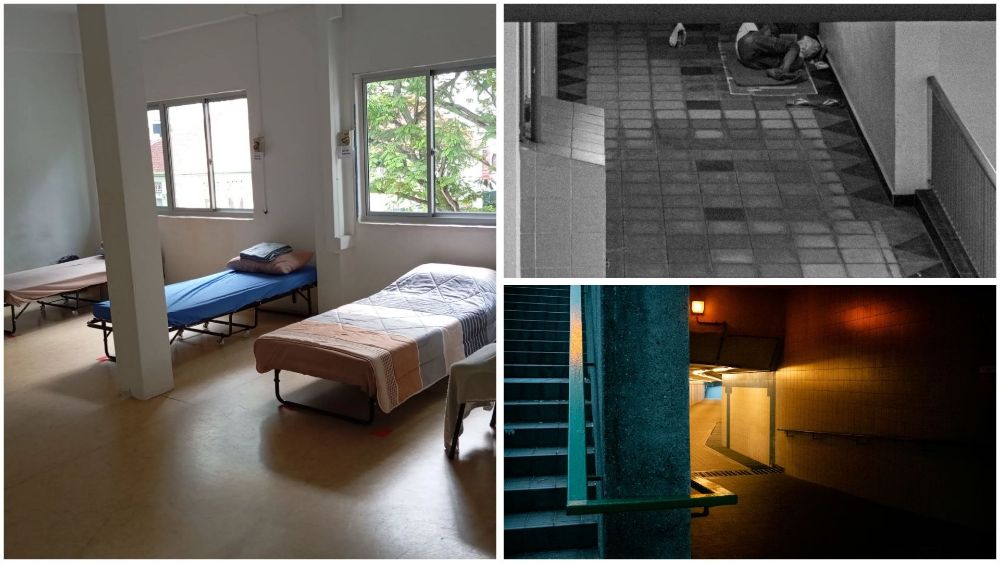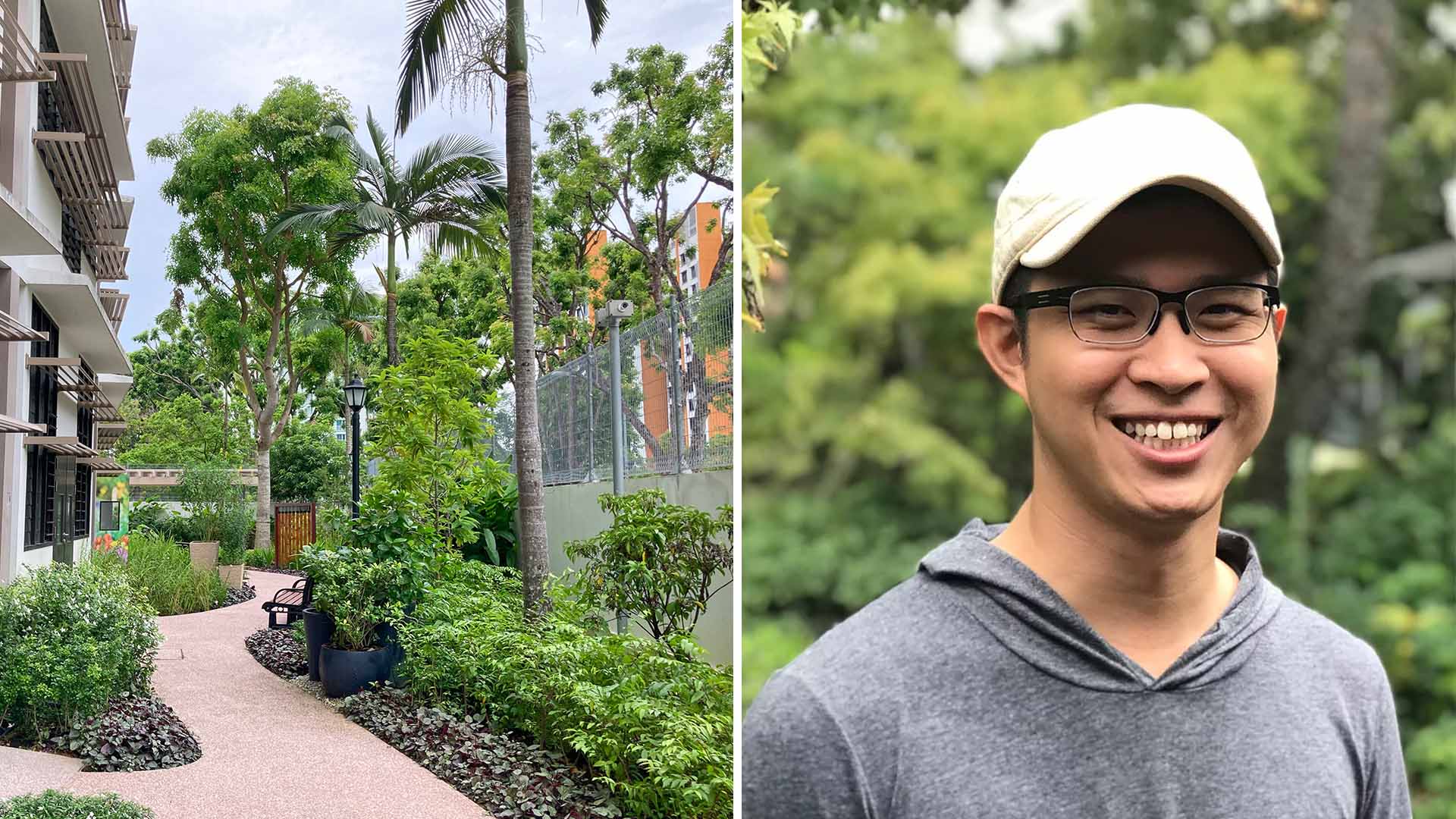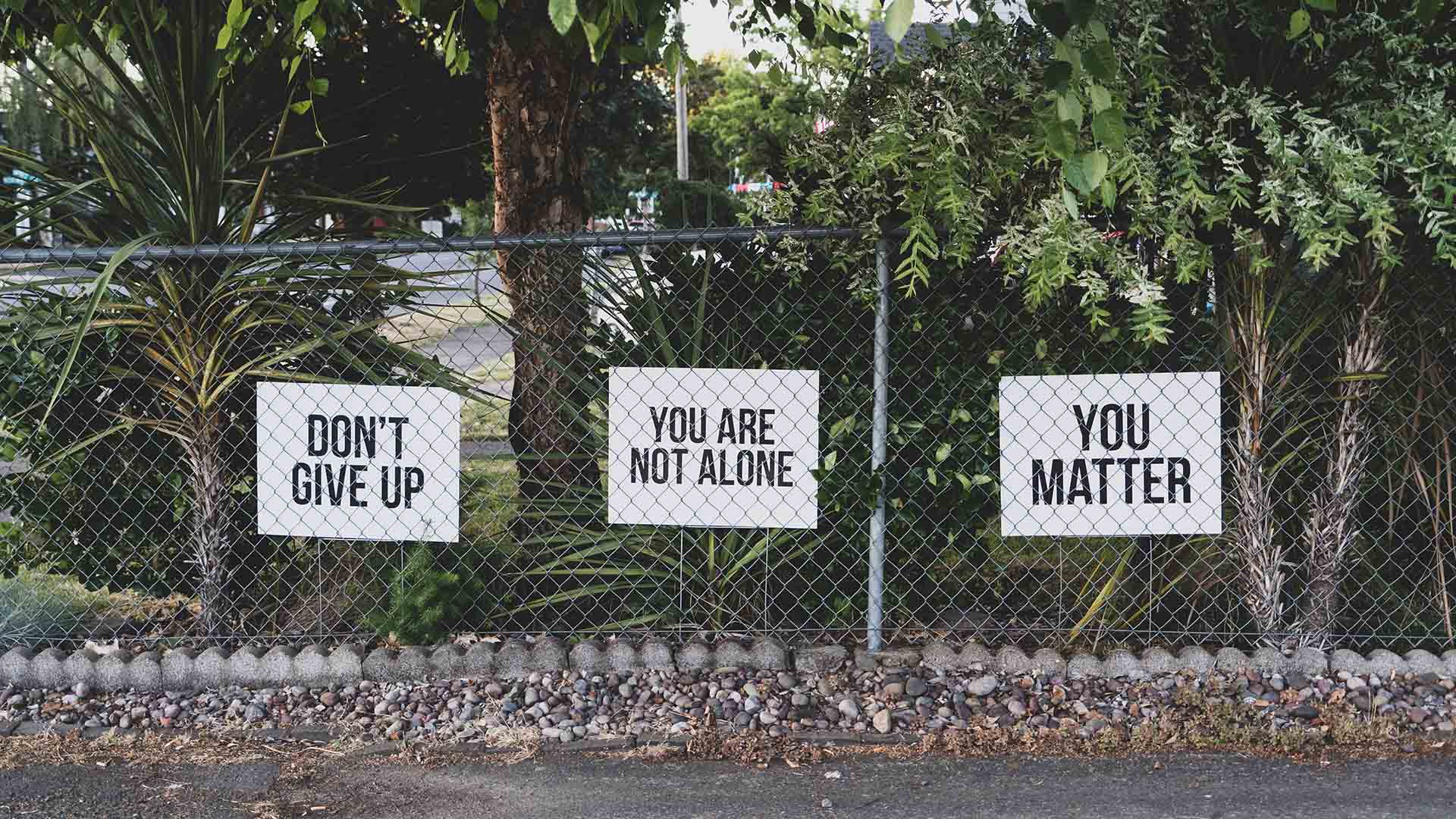Hope Blooms For Mental Health: How This Millennial Designs Therapeutic Gardens
Over the past couple of years, raising houseplants has gone from a post-retirement activity to a popular pastime amongst homebound Millennials. But for 34-year-old Tham Xin Kai, working with plants is more than just a hobby: it’s his career.
No, he’s not a florist, a “plantfluencer”, or the owner of a nursery. Xin Kai is a landscape architect who designs therapeutic gardens in community and healthcare facilities. He also plans nature-based activities, such as workshop sessions, for schoolchildren, the elderly, persons with dementia, and other special needs.
In other words, “plant therapy” is so much more than self-care to him – it’s a calling and a means to bring joy and purpose to others.
“I remember during one of the sessions which I conducted [at HortPark], an elderly lady joined the session without much interaction with the group,” he told us over email. “But once we started to walk around the garden and talk about the various plants and their uses, she suddenly began to speak with much enthusiasm, shared with us how she loves the scent of the Jasmine flower (Jasminium samblac) and would collect the flower to make Jasmine water to drink from time to time.
This shows that plants can greatly benefit people, especially the elderly, in reminiscence about the good memories. This is one of the many wonders that shows how contact with nature can improve the psychological well-being of people.”
While he is young, Xin Kai has almost a decade’s worth of experience in the field. After getting his degree in Landscape Architecture at the University of Western Australia, Xin Kai worked at the National Parks Board (NParks) for 6 years, where he had the opportunity to design therapeutic gardens located in public parks, such as in Tiong Bahru Park, Bishan-Ang Mo Kio Park, and Choa Chu Kang Park. Today, he works as a Design Director for Hortian Consultancy, the team behind Hortherapeutics, a company that designs healing and therapeutic landscapes and programmes. Today, he’s getting a Certificate in Horticultural Therapy from the University of Florida.
“After witnessing how plant-based activities can benefit the physical and mental well-being of people, especially the elderly and those with dementia, I am convinced that more needs to be done to advocate for the professional practice of Horticultural Therapy,” he said.
Love plants and love people? Here’s what Xin Kai had to share about how you can marry those two interests to help our “city in a garden” bloom with benefits for mental wellness.
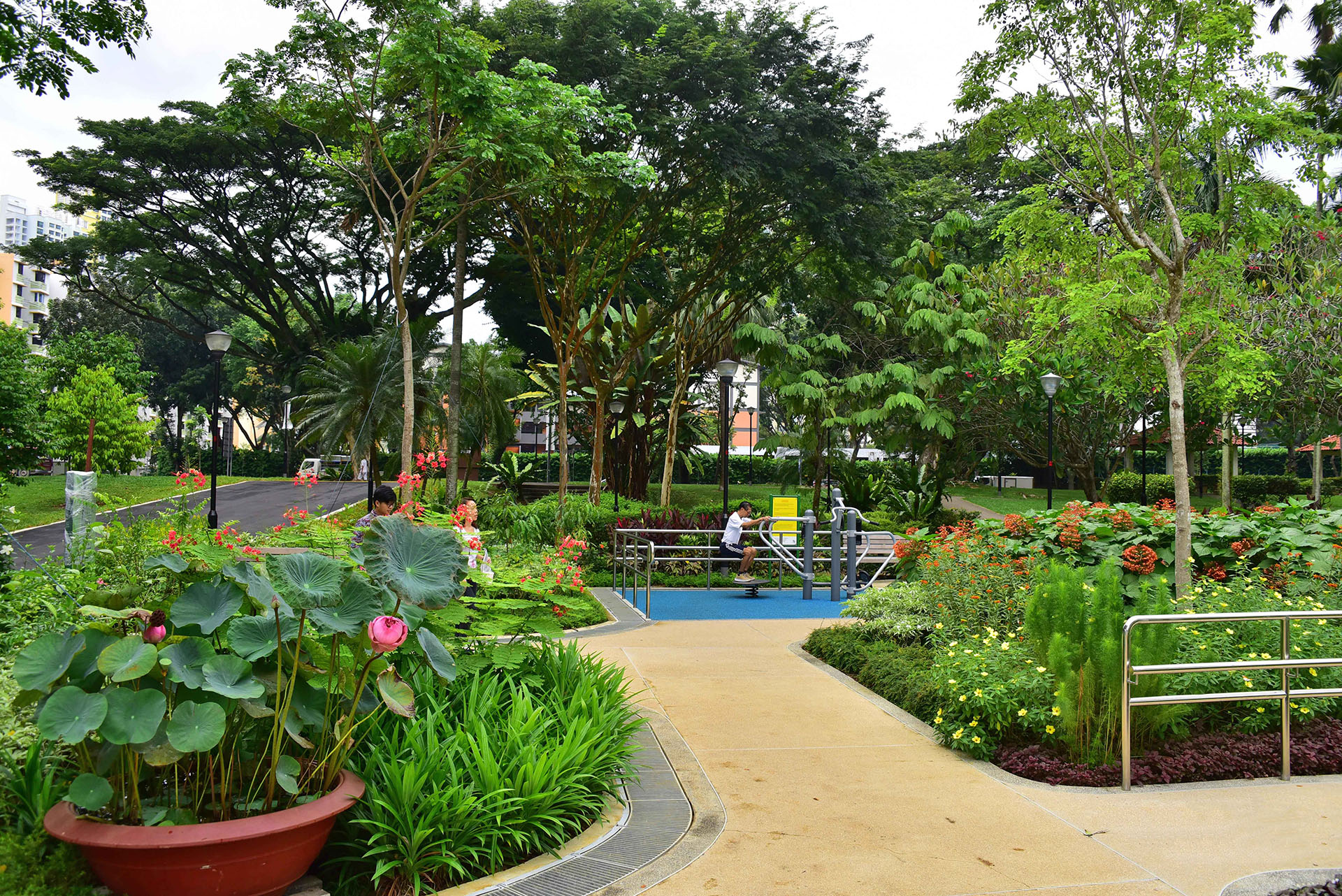
Becoming a “plant parent” has become super trendy with Millennials amidst the COVID-19 lockdowns. Do you keep plants at home?
I’m glad that more people, including Millennials are starting to pick up gardening as a hobby. Gardening has a therapeutic effect to people in general, and may well be one of the many ways people can cope with the current limitations due to the COVID-19 situations. Do you know that contact with soil can help to reduce stress? According to Matthews, D. M., & Jenks, S. M. (2013), Mycobacterium vaccae, a bacterium commonly found in soil, triggers the release of serotonin, a hormone that decreases anxiety and depression, elevates mood, and improves cognitive function.
For myself, I currently tend to common houseplants like Money Plant (Epipremnum aureum) and Blue Club Moss (Selaginella willdenowii), as well as edibles such as Lemon Basil (Ocimum americanum ‘Lemonette’) and Eggplant (Solanum melongena) which sadly have not been fruiting yet.
Is there a difference between Therapeutic Horticulture and Horticultural Therapy?
HT is the active use of plants or plant-based activities to facilitate in the treatment, rehabilitation or vocational training of individuals or groups with established goals and objectives. HT are conducted by professional horticultural therapist registered under HT professional bodies in countries like in USA, UK and Japan.
Therapeutic horticulture (TH) also uses plants and plant-based activities to facilitate in the well-being of individuals or groups but does not require a set of documentation of the process. Activities can be active i.e., hands-on gardening or passive i.e., garden walk, and can be either conducted by a registered horticultural therapist or other professionals.
What this means is that someone with the profession of a Horticultural Therapy can actually work alongside other medical profession such as Occupational Therapists, Physiotherapists, Speech Therapists etcetera, to treat patients, using plant or plant-based activities. In Singapore, we do not yet have this practice. In places like USA, UK, Canada, South Korea, Japan and Hong Kong, there are HT associations that certify horticultural therapists to serve clients with dementia, chronic illness and other special needs.
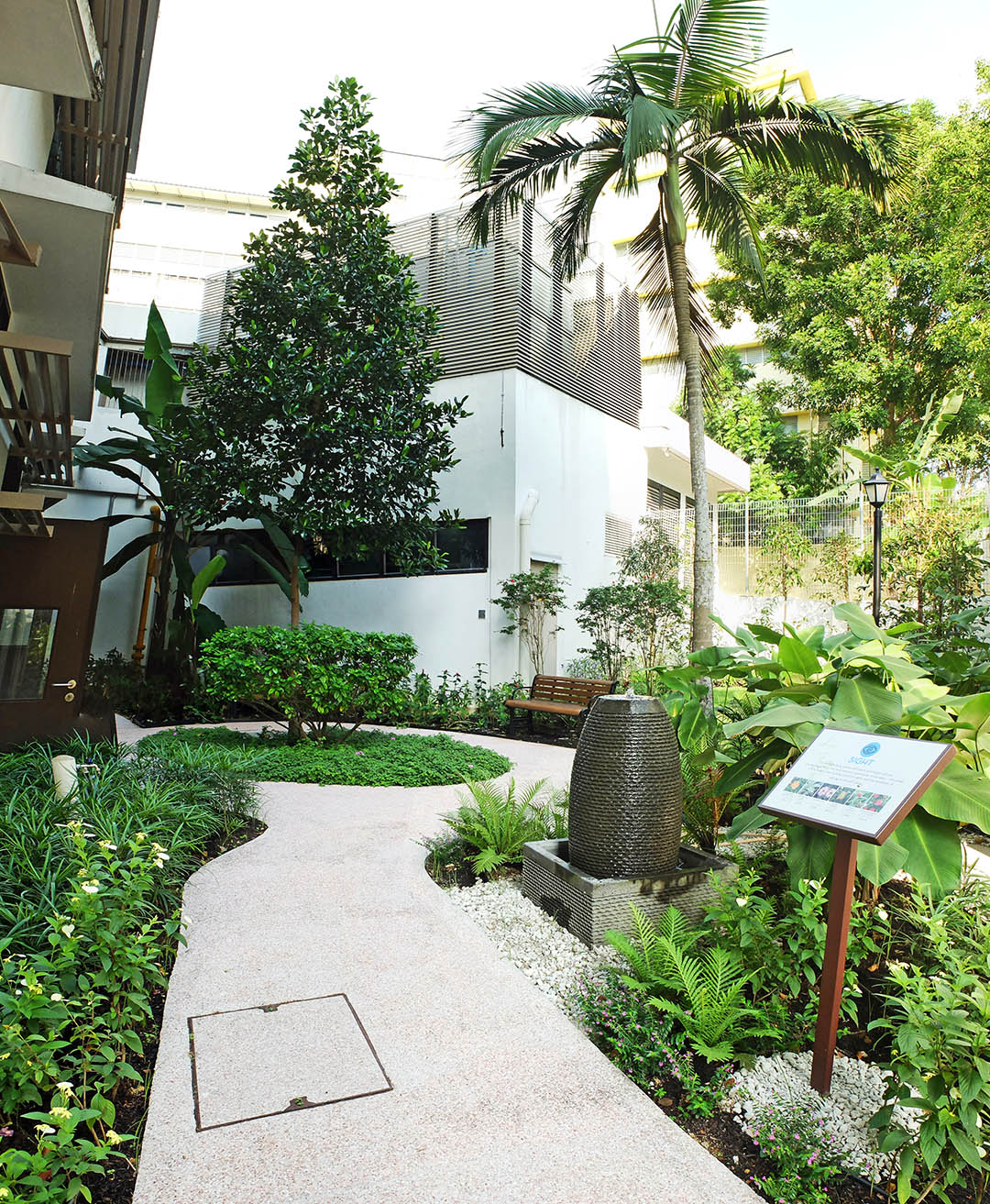
Talk to us about the process that goes into designing a therapeutic garden.
The design process involves understanding the needs and requirements of the client and other stakeholders….The duration of designing a therapeutic garden varies according to the garden size, site condition, and scope of the project. Depending on these factors, the design process can range from 3 months to a year or more, before commencing on the construction of the garden. Once the garden is completed, a post occupancy evaluation will be conducted to gather feedback about the effective use of the garden, including the conduct of HT/TH activities.
Similar to the overall design layout, the selection of plant types depends on the design intent and specific user groups. Hence, the requirements of selecting plants for a garden for elderly and those with dementia will be different from those for children with autism spectrum disorder (ASD) or other health conditions. For elderly and those with dementia, plants are usually selected based on their sensory and cognitive stimulation, such as the use of fragrant plants, plants with vibrant colours, edibles including herbs and spices, as well as culturally significant plants that can provide reminiscence, especially to people with dementia. On the other hand, plants selected for a garden for children with autism spectrum disorder have to be careful, as they are more sensitive to sensory interactions.
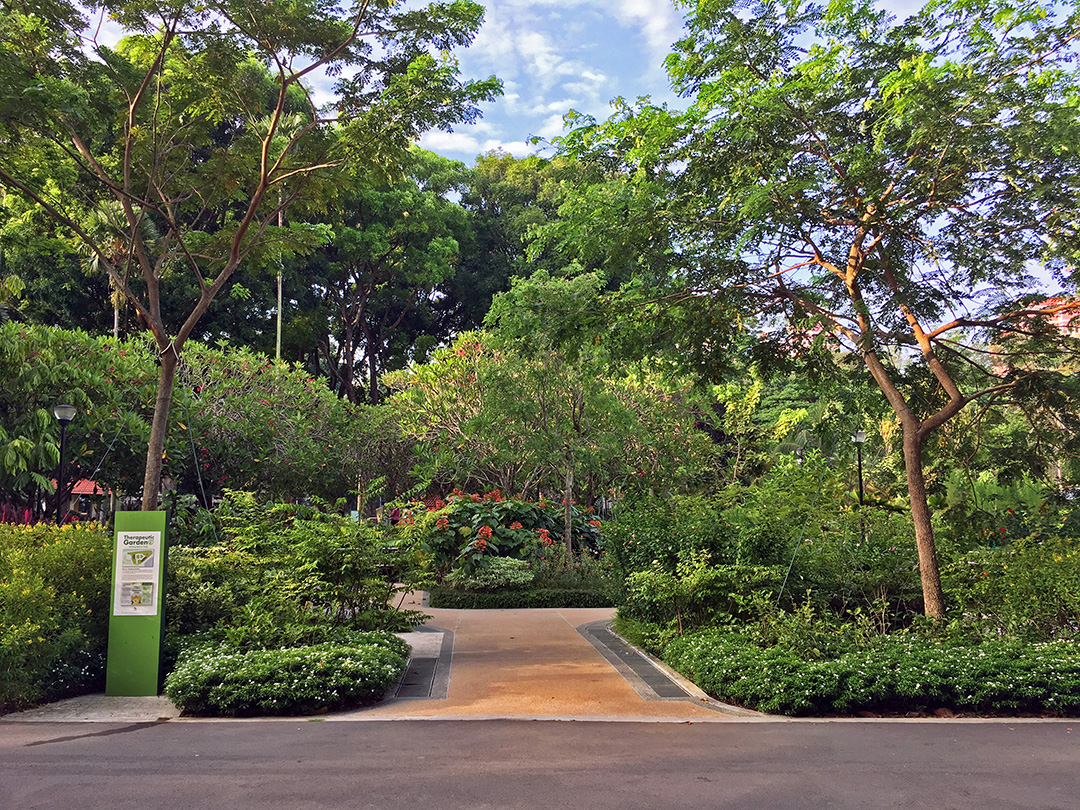
What advice would you give to someone interested in a career in therapeutic horticulture? What are some of the requirements – and where is a good place to start?
I think for a start, have a passion for plants and improving the well-being of people! Currently in Singapore, NParks’ Centre for Urban Greenery and Ecology (CUGE) offers a Certificate in Therapeutic Horticulture. For the full curriculum in HT, the University of Florida and Horticultural Therapy Institutes in Boston offer online courses. Both courses are certified under the American Horticultural Therapy Association (AHTA) but there are additional requirements to be a registered HT under AHTA. For more information, do visit their website.
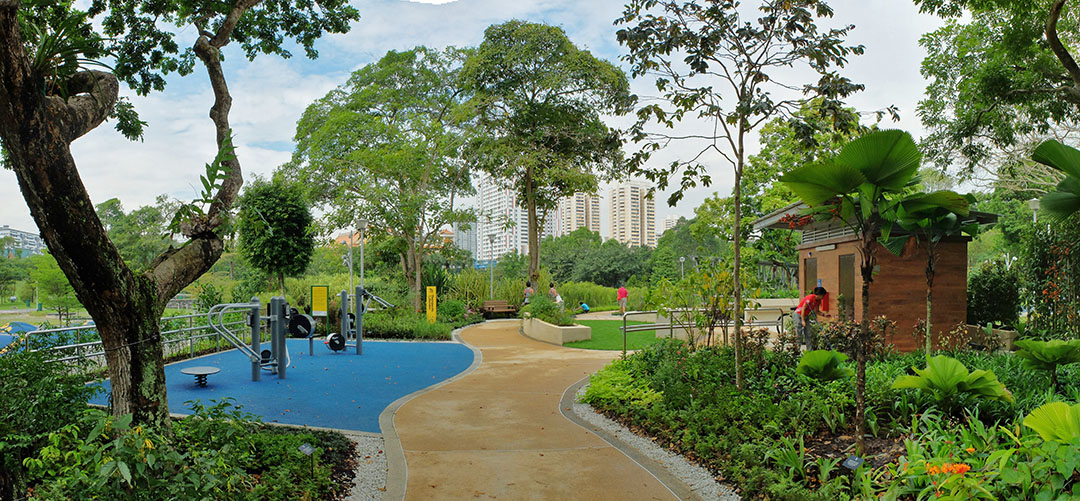
For the latest updates on Wonderwall.sg, be sure to follow us on Facebook, Instagram and Telegram. If you have a story idea for us, email us at [email protected].
